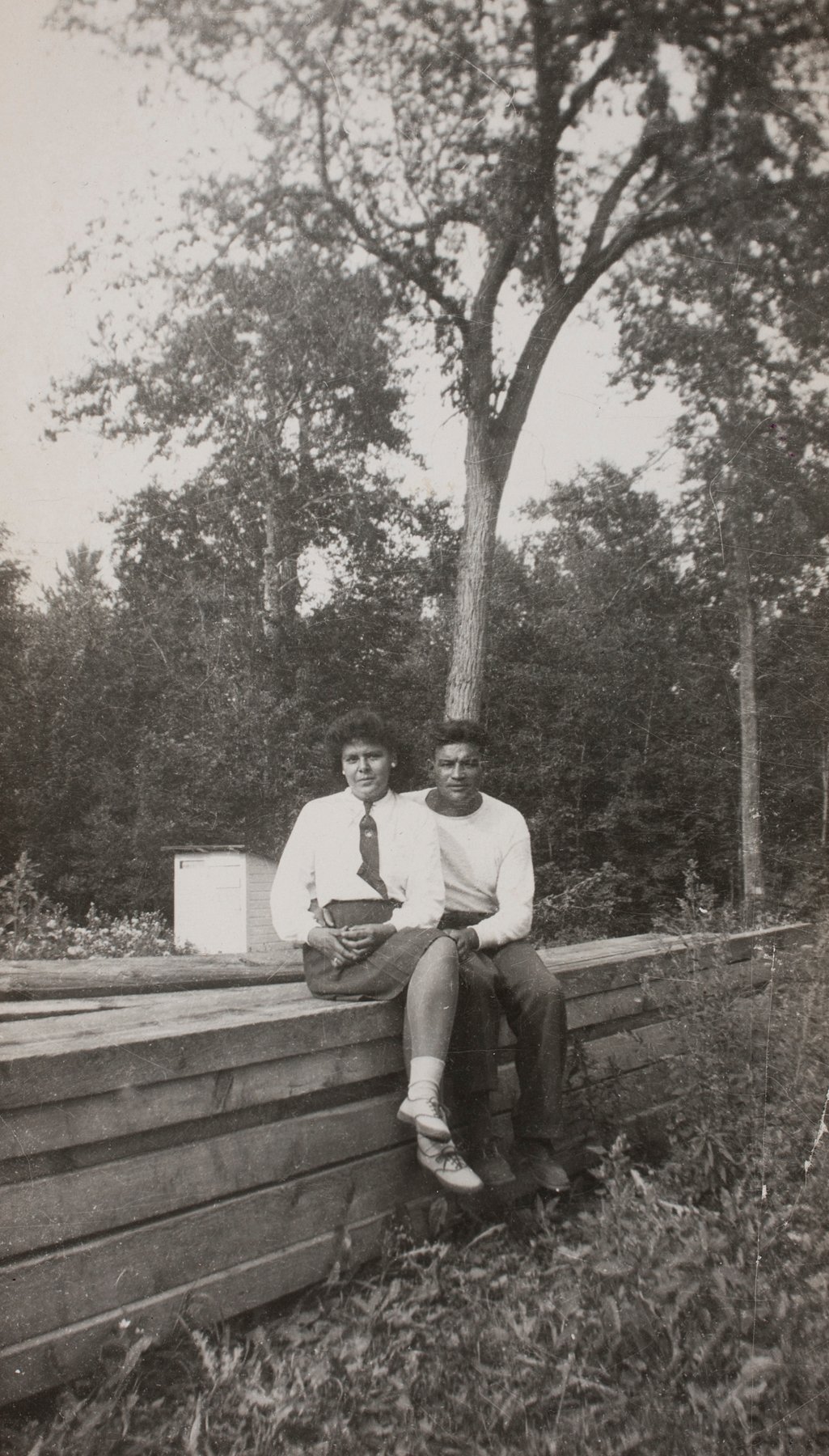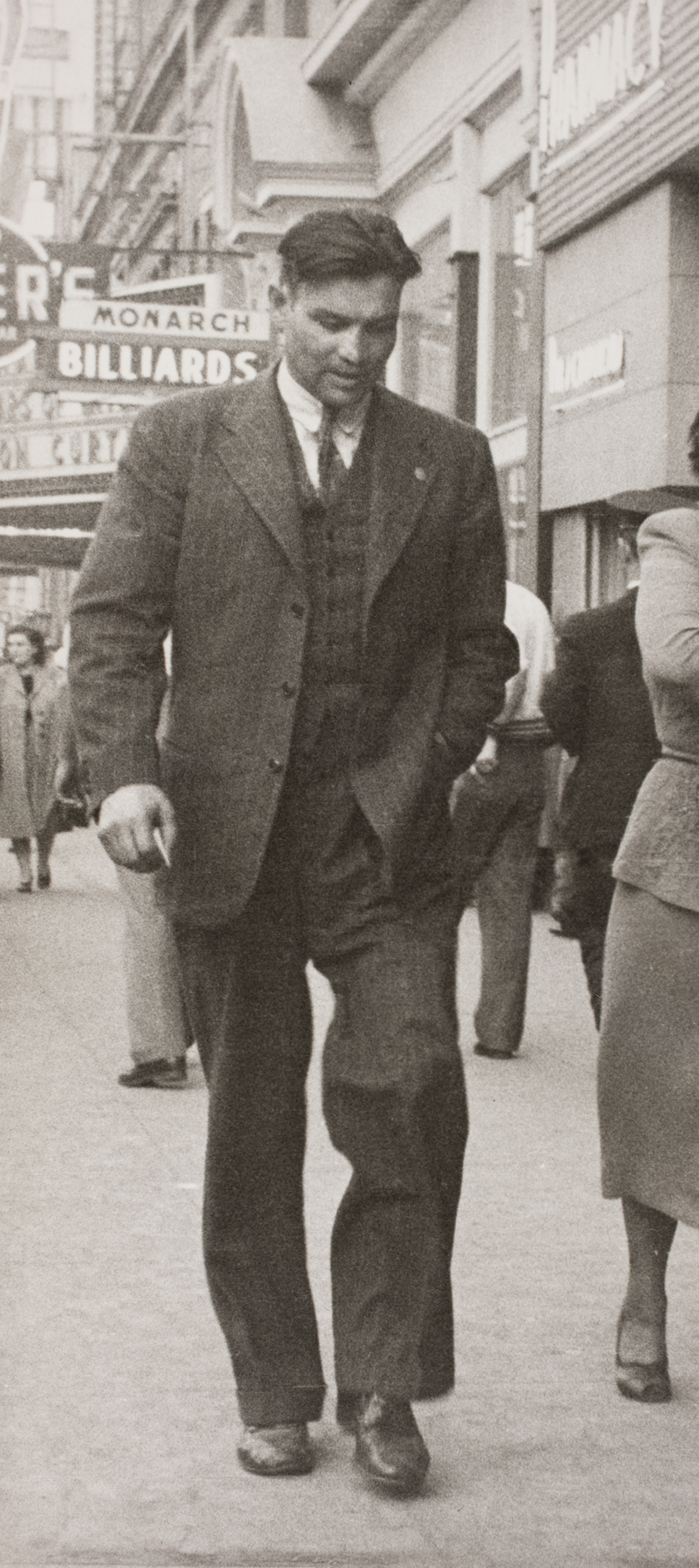This is the first exhibition of James Brady’s photographs from Glenbow’s collection. Covering four decades, it is questionable whether Brady ever considered these photographs to be a “record” but, intentionally or not, that is what they now are. From the Métis Settlements of Alberta in the 1930s, through the turbulent 1940s, and into the 1950s and 1960s, these images frame both individual and community Métis and Cree life in Alberta and Saskatchewan. They are also photographic evidence of Brady’s deep attachment and commitment to the dignity and rights of Métis peoples at a time of impoverishment and denial of rights by provincial and federal governments.
“In selecting these photographs from hundreds, my desire is to give the viewer a grasp of the extent of Brady’s travels, his activism, and his relationships, both political and personal, with the many Métis and Cree communities he visited. For the exhibition’s title, Enclosing Some Snapshots, I am indebted to Métis scholar and artist Dr. Sherry Farrell-Racette, who also saw the value in these images and wrote about them in a paper.
“Brady was not a trained photographer, but I believe this exhibition does justice to his ‘eye’ and his ability to convey the dignity and resilience of Métis and Cree life and people, through even the most trying of times. There is a beauty here that is reflected back to the viewer and captures Brady’s passion over the course of four decades.”
– Paul Seesequasis, Curator
About Paul Seesequasis
Paul Seesequasis is a writer, curator, and cultural activist. His work has been published in Granta, Brick, The Globe and Mail, Maclean’s, among others. His book, Blanket Toss Under Midnight Sun was published by Knopf Canada in October 2019. He curates the Indigenous Archival Photo Project, a multi-platform initiative centered on social media.















